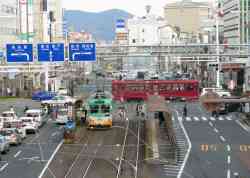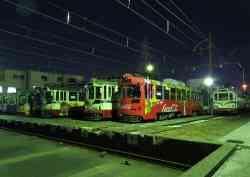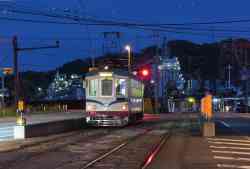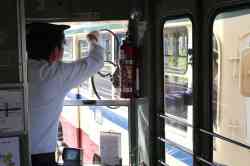 Городской электротранспорт
Городской электротранспортКомментарии к фотографиям из города Коти
Фильтр

Ссылка
Южанин · 10.08.2022 10:43 MSK
Фото: 982
Коти, Tatra T3 № 6319
Мобильная версия
Тёмная тема
© Администрация ТрансФото и авторы материалов, 2002—2024
Использование фотографий и иных материалов, опубликованных на сайте, допускается только с разрешения их авторов.
Использование фотографий и иных материалов, опубликованных на сайте, допускается только с разрешения их авторов.





















 Ист-Хейвен - Бранфорд
Ист-Хейвен - Бранфорд







